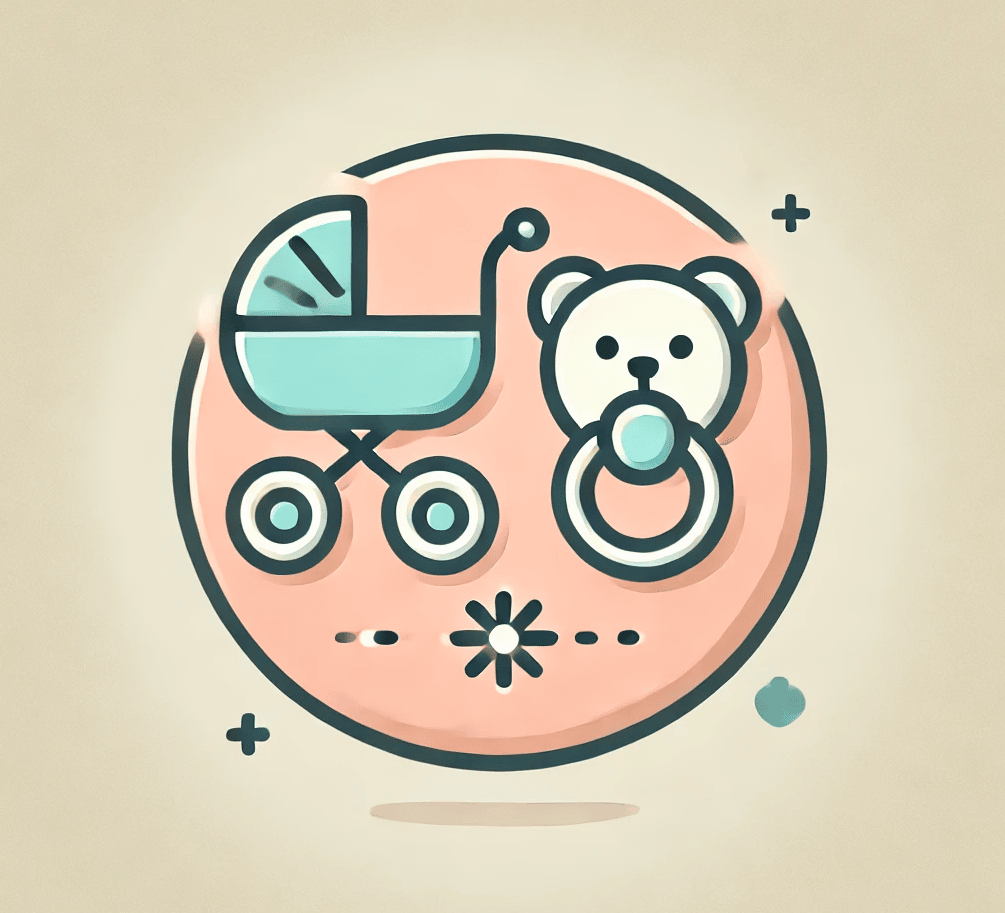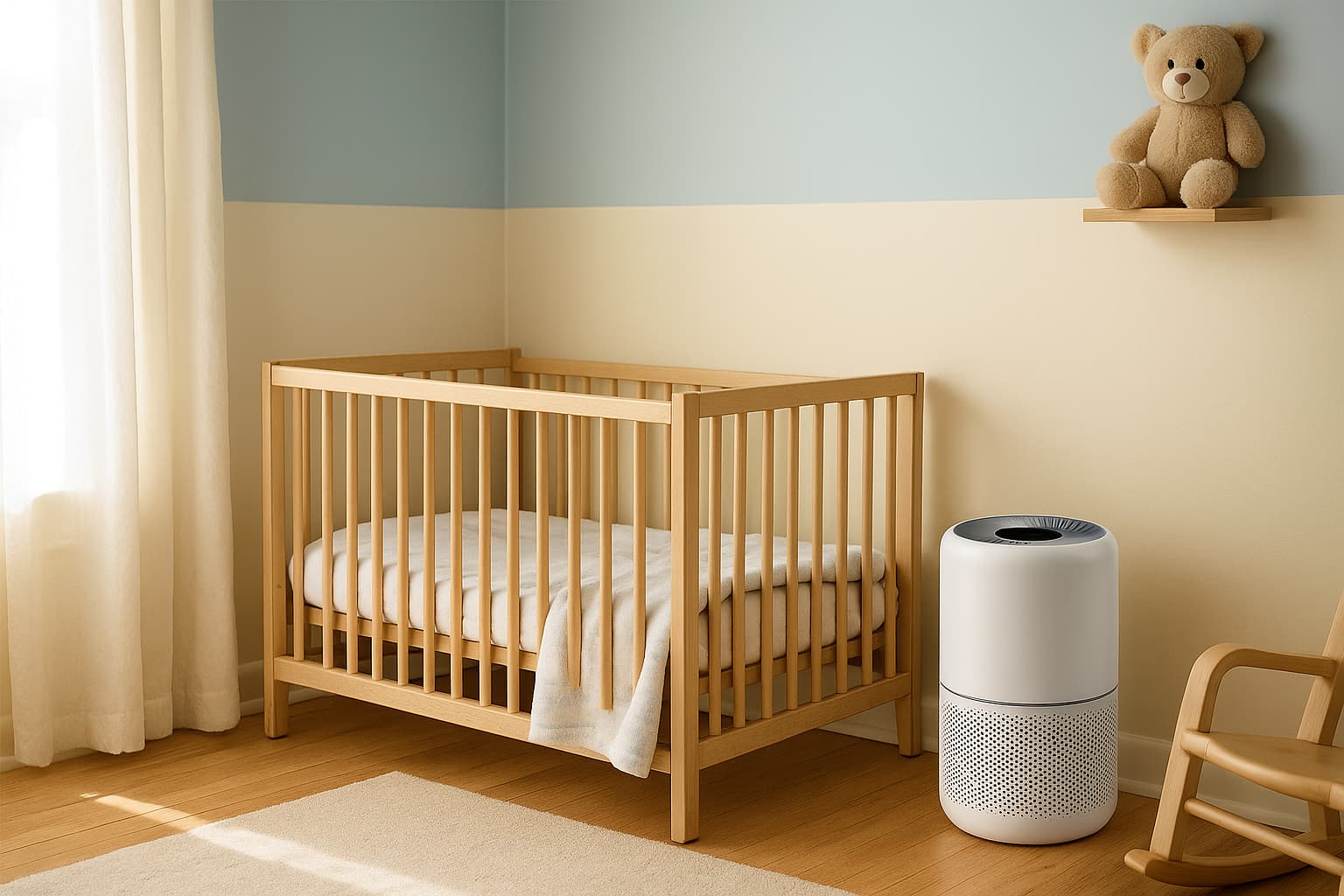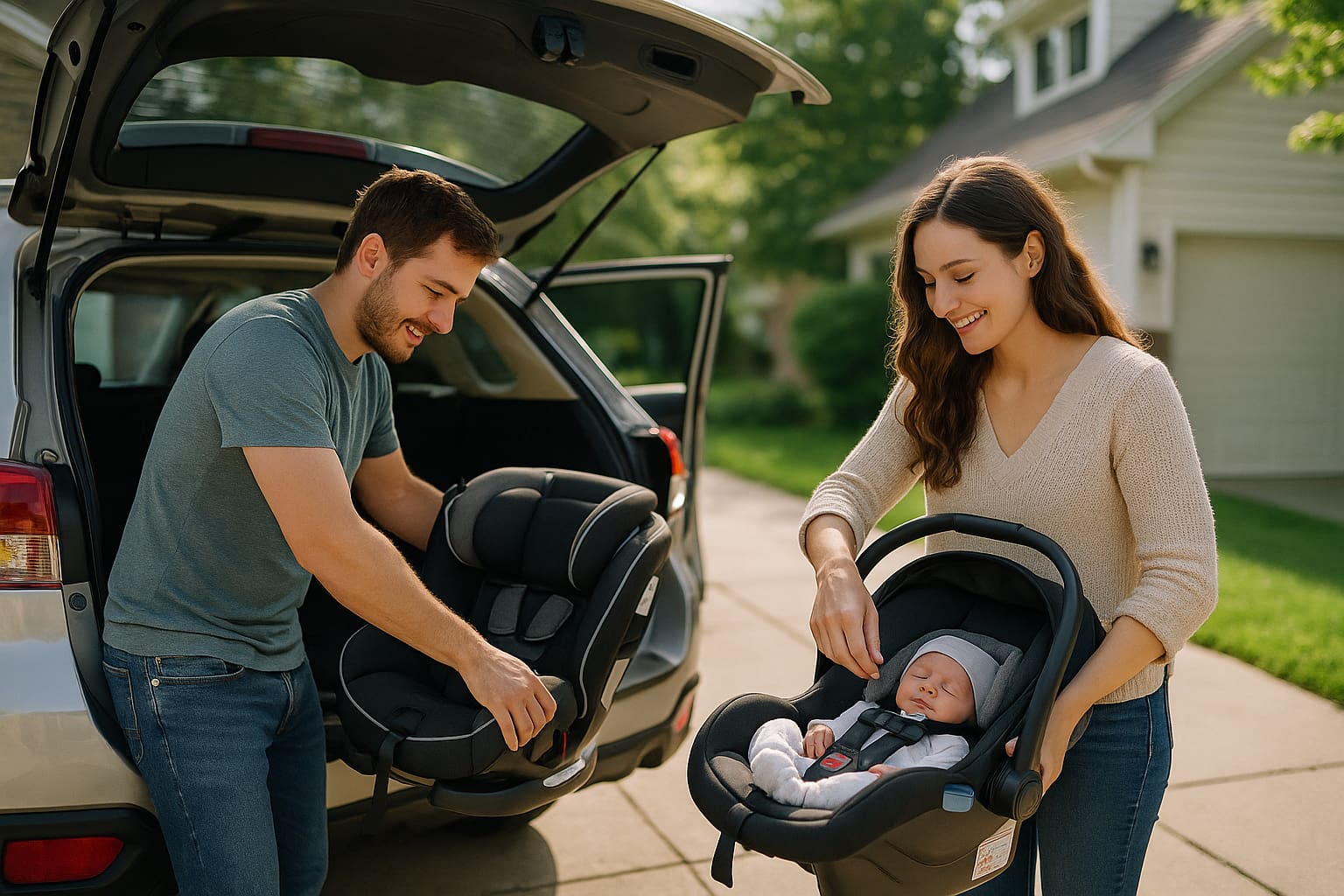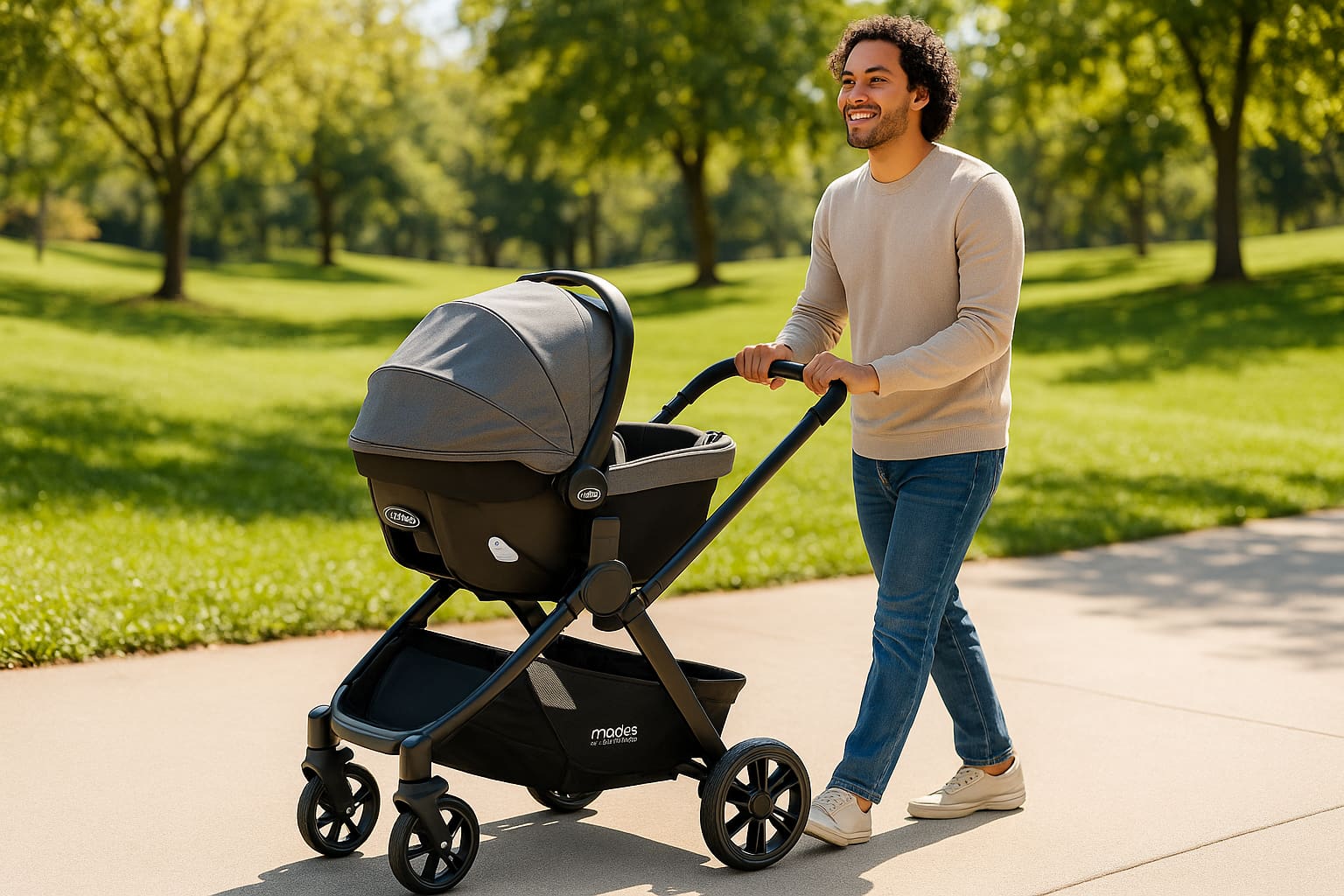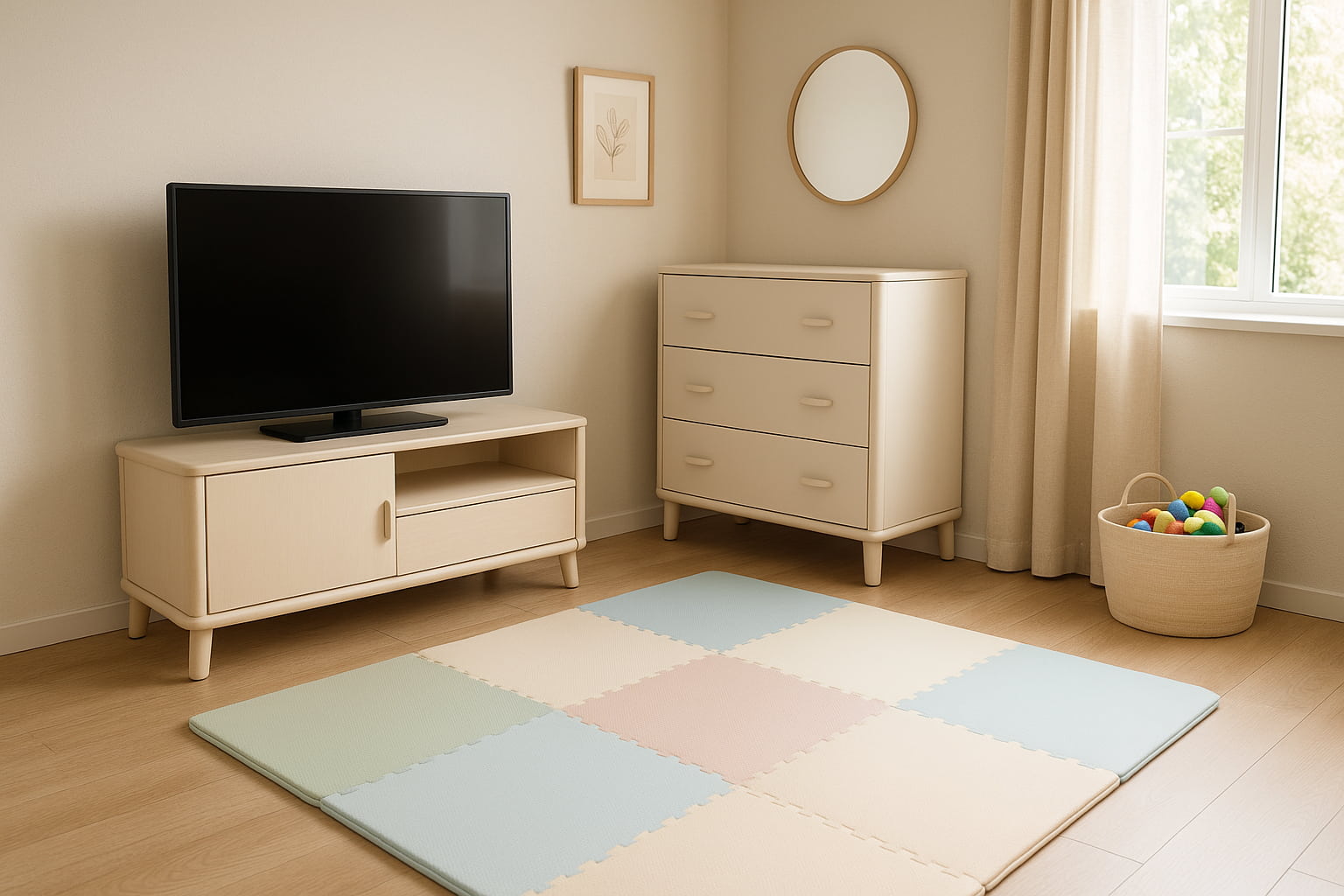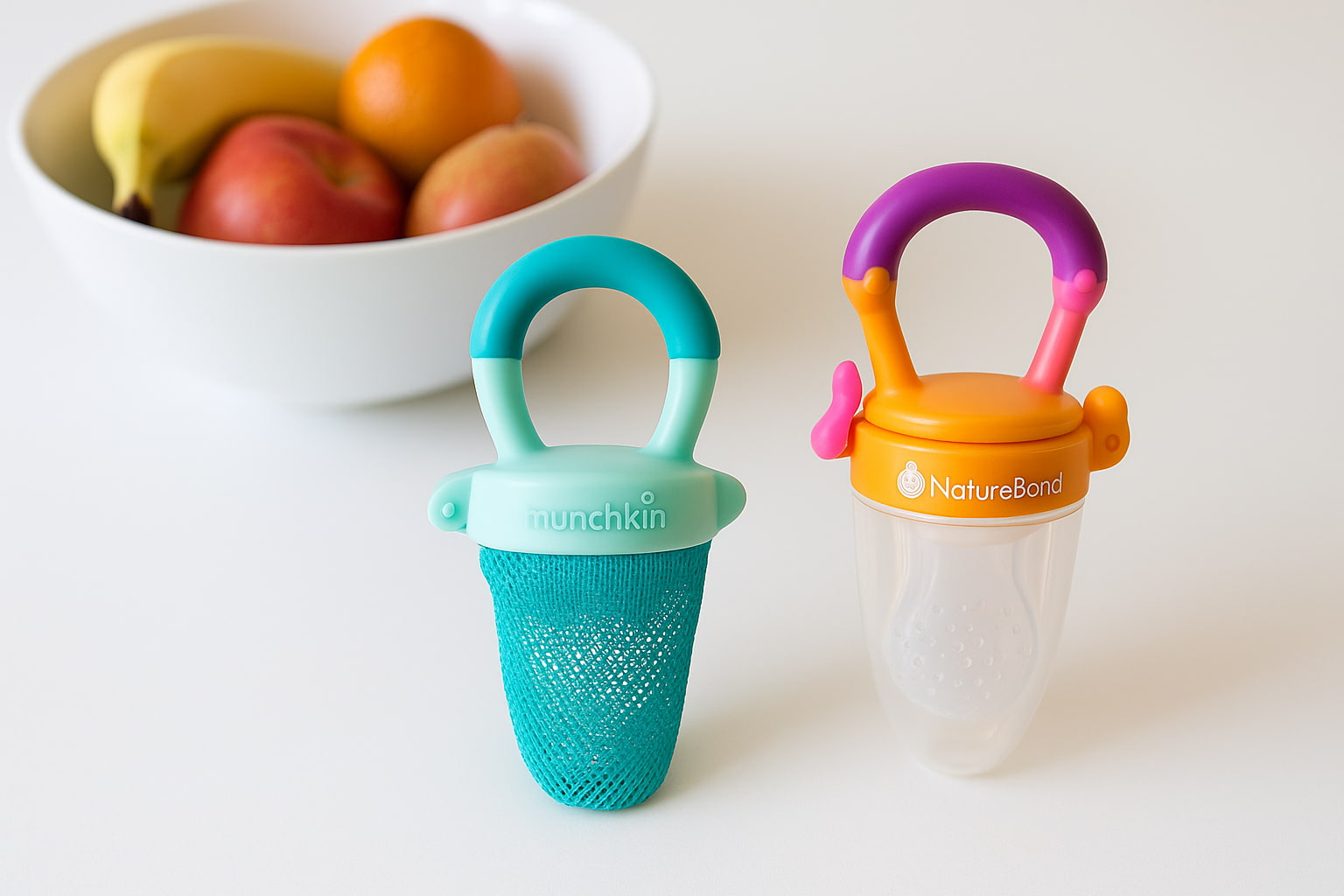🍼 Why Parents Ask About Baby Monitors
When to stop using baby monitor is a question many parents face. At first, the monitor feels like a lifeline. You hear every sound, every cry, and it brings comfort during those early sleepless nights. But as your child grows, the need isn’t always so clear.
Parents often ask: Am I using it for my baby’s safety, or my own peace of mind? This is where the struggle begins. Monitors give security, but they can also build habits of constant checking. Too much reliance sometimes fuels anxiety instead of easing it.
The real challenge is knowing the balance. When does your little one no longer need the extra eyes and ears. When should parents start trusting milestones like sleep training? When is the right time to let kids grow with more independence?
In this guide, we’ll answer these questions and share trusted insights so you can make the right choice for your family.
📶 Baby Monitors in Early Years: Why They’re Essential
During the first 12–18 months, a baby monitor is more than a gadget, it’s a lifeline for parents. Newborns need constant care, and it’s not always possible to stay by the crib every moment. Monitors help parents watch from another room while still giving quick responses when needed.
They play a key role in:
🔸 Sleep safety, keeping an eye on your baby’s breathing and movement.
🔸 Feeding schedules, knowing when your baby wakes up hungry during the night.
🔸 Peace of mind, lowering stress and helping parents get more restful sleep.
These early months are full of unknowns. Having a monitor offers parents the confidence that they can respond fast, while also building a sense of security at home.
👶 Developmental Stages That Change Monitoring Needs
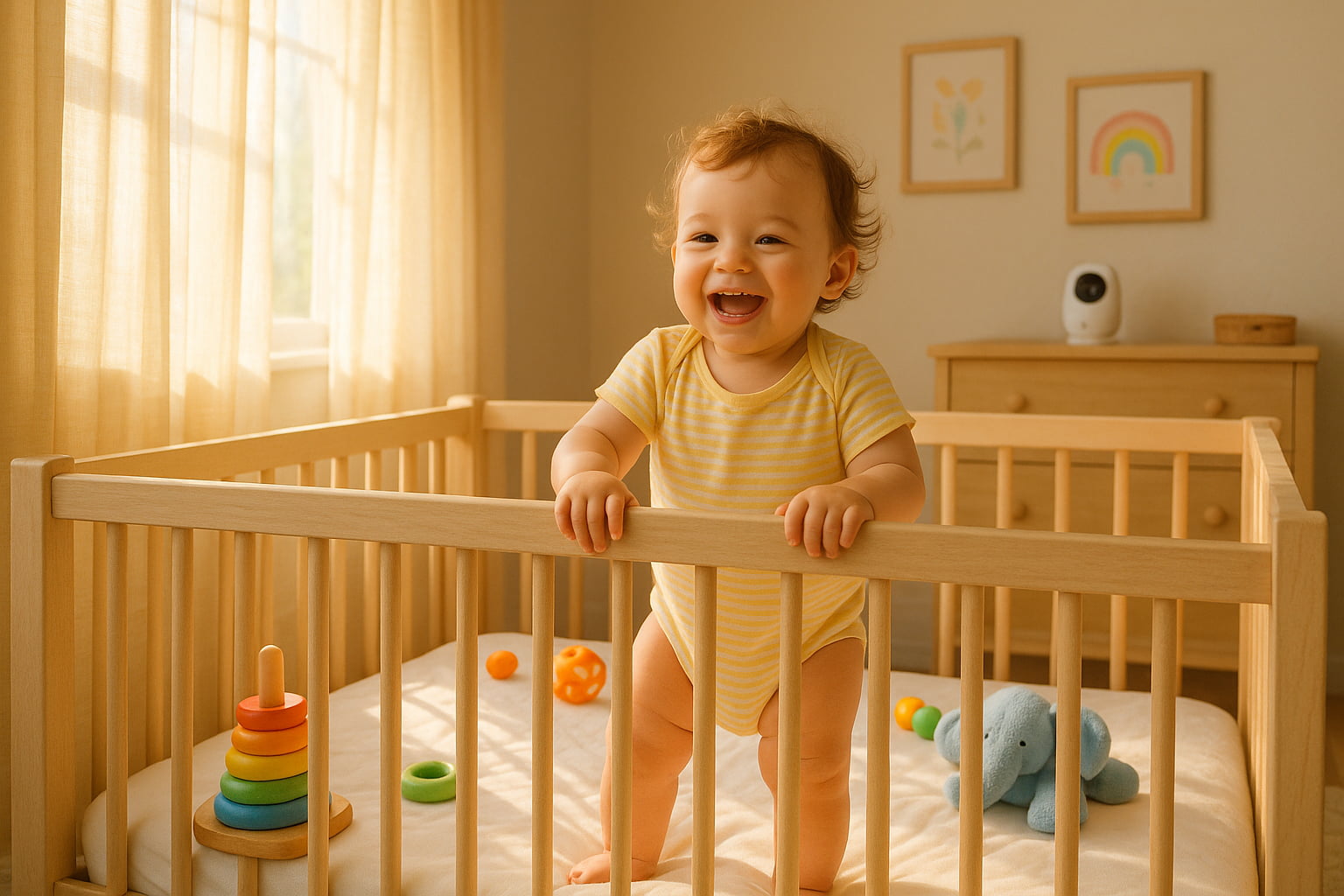
As babies grow, their milestones naturally reduce the need for constant monitoring. A newborn depends on you for everything, but by the time your little one starts crawling, walking, or talking, you may not need the monitor as much. These stages signal more independence and new ways for your child to connect with you.
Key moments that shift monitor use:
✔ Crawling, baby starts exploring, but also makes more sounds.
✔ Walking, toddlers can move to you if they need comfort.
✔ Talking, children call out clearly when they need help.
The difference often comes down to emotional comfort vs. real safety needs. Parents may still use the monitor for reassurance, but as skills develop, the practical need often becomes less important.
💤 Sleep Training and Independence Milestones
Sleep training is a turning point for many families. Once babies learn to fall asleep on their own, the need for a monitor often decreases. Parents begin to trust the process and give their child room to self-soothe, instead of rushing in at every sound.
Sleep training benefits include:
🔹 Longer stretches of uninterrupted rest for baby and parents.
🔹 Building independence, as the child learns to settle back without help.
🔹 Less reliance on watching every movement or sound.
It’s natural for parents to feel nervous at first, but over time, confidence grows. Monitors can still be used for reassurance, but the goal shifts. Instead of constant checking, they become a backup tool while independence takes center stage.
🏠 Room Sharing vs Independent Sleeping
The shift from room sharing to independent sleeping is a major milestone for both parents and children. In the early months, keeping your baby close adds safety and makes night care easier. But as children grow, moving them into their own room changes how monitors are used.
Key changes parents notice:
✅ More reliance on the monitor for sounds from another room.
✅ Less need for visual checks once the child adjusts.
✅ Greater focus on building healthy, independent sleep habits.
This transition can feel emotional. Parents may lean on the monitor for reassurance, but over time, they learn to trust their child’s ability to sleep alone. The monitor becomes more of a comfort tool rather than a necessity.
🔒 Safety & Health Considerations for Longer Use
For some families, using a baby monitor beyond the toddler stage makes sense. Certain situations call for extra watchfulness, and monitors can provide the peace of mind parents need.
Times when extended use may help include:
🟢 Preemies who need closer tracking during sleep.
🟢 Children with medical conditions or breathing concerns.
🟢 Parents managing anxiety and finding comfort in added oversight.
In these cases, the monitor is less about habit and more about health or reassurance. It acts as a support tool, giving parents confidence while their child grows stronger or more independent. The key is to recognize when the monitor is serving safety, not just feeding worry.
🧠 Parental Anxiety vs Real Safety Risks
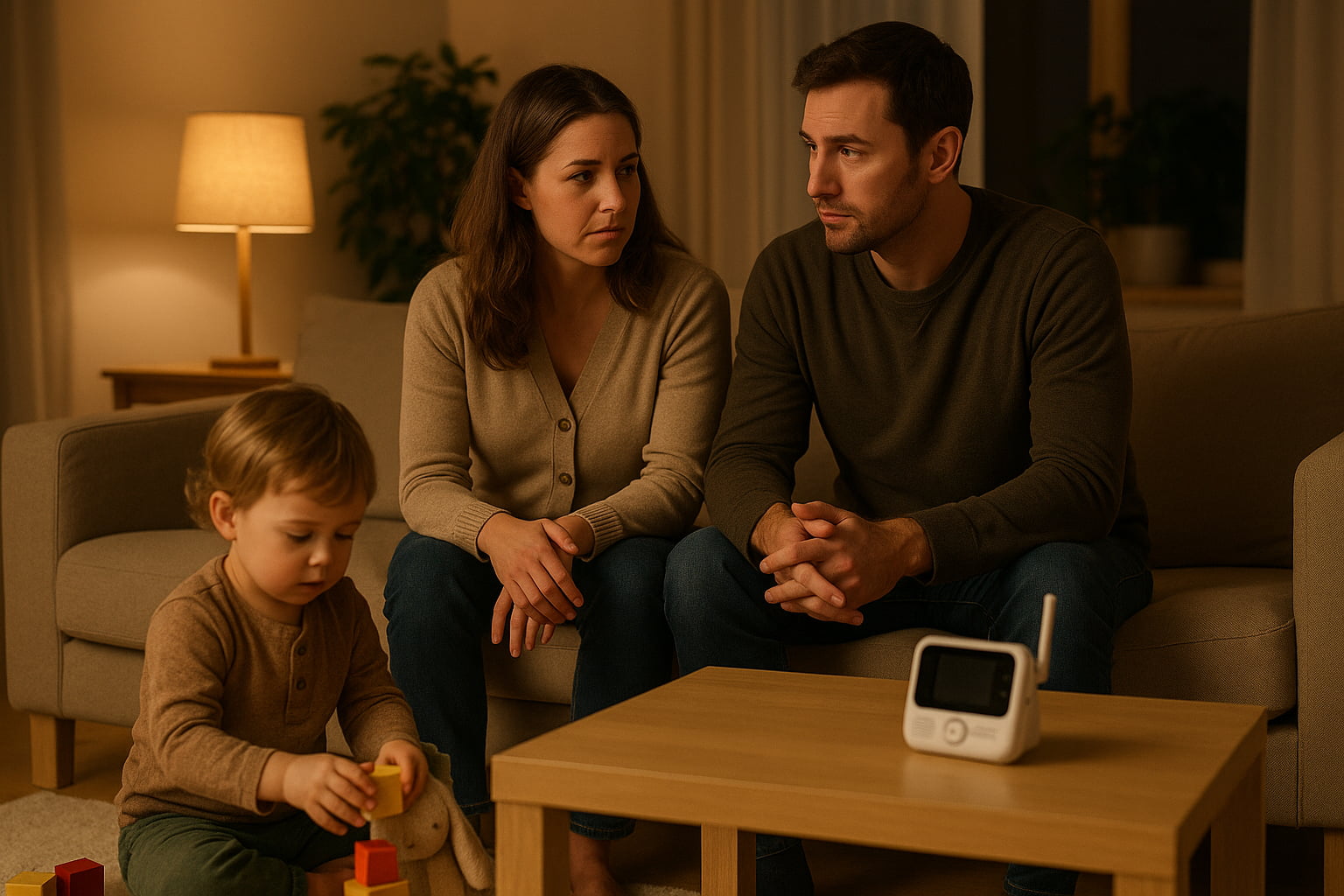
It’s natural for parents to feel anxious, especially during the first years. Baby monitors often ease that stress, but sometimes they create new worries. The key is knowing the difference between peace of mind and a genuine safety need.
Common signs of over-reliance include:
✔ Checking the monitor every few minutes, even when the baby is fine.
✔ Losing sleep because of tiny noises that aren’t emergencies.
✔ Keeping the monitor longer than needed only for comfort.
Balancing technology with trust takes time. Parents can slowly reduce use as their child grows, while still keeping the monitor nearby for reassurance. This approach builds confidence for both parent and child.
👀 Worried about over-reliance on monitors? See our guide on EMF Radiation in Baby Monitors.
📌 Did You Know?
According to the American Academy of Pediatrics, most healthy toddlers no longer need active night monitoring after age 2-3, unless there are medical or environmental concerns.
🎥 When to Stop Using Baby Monitor – Expert Insights
Experts agree that there is no single age for every child, but general guidelines help parents decide with confidence. Pediatricians and sleep specialists often suggest that most children no longer need a monitor between the ages of 2 and 4. By this stage, toddlers are better at expressing needs and calling out when help is required.
Key expert advice includes:
🔸 Use monitors in the first 12–18 months for safety and feeding.
🔸 Begin reducing reliance once your child can walk or talk clearly.
🔸 Fully transition away when independence and sleep routines are stable.
The choice often depends on both child development and parental comfort. Following expert timelines helps parents balance peace of mind with healthy independence.
🏃 Signs Your Toddler Is Ready to Move On
Every toddler reaches independence in their own way, but there are clear cues that show it’s time to reduce monitor use. By noticing these signs, parents can feel more confident about letting go.
Look for these milestones:
✅ Sleeping through the night without frequent waking.
✅ Calling out clearly for help when needed.
✅ Climbing out of or moving away from the crib with ease.
✅ Showing comfort and security in their own room.
These signals show your child is ready for more independence and that the monitor may no longer be essential. Trusting these natural steps helps ease the transition for both parent and child.
🌙 Wondering if you even need video at this stage? Check our Audio vs Video Baby Monitor Guide.
📱 Tech Alternatives as Kids Grow
As children move beyond babyhood, parents often look for simpler tools to replace full-time monitors. These tech alternatives provide reassurance without constant watching, helping families transition with ease.
Some useful options include:
🔹 Smart sensors that track room temperature or air quality.
🔹 Night lights that respond to sound or movement, offering comfort for toddlers.
🔹 Home cameras that cover multiple areas, not just the nursery.
🔹 Audio devices or intercoms for quick check-ins when needed.
These substitutes give peace of mind while reducing over-reliance on baby monitors. They are less intrusive but still help parents feel connected. The goal shifts from constant monitoring to supportive tools that fit a growing child’s needs.
🛏️ Special Cases: Bigger Homes, Siblings, and Travel
Some families may find that baby monitors are useful longer than usual. Bigger houses, multiple kids, or frequent travel often create situations where extended use feels practical. In these cases, the monitor isn’t just about safety, it’s about convenience and reassurance.
Situations where parents may keep using monitors:
✔ Large homes where the nursery is far from the parents’ room.
✔ Siblings sharing rooms, making it harder to track individual needs.
✔ Travel, when a monitor adds comfort in unfamiliar spaces.
✔ Parents who want quick check-ins without rushing across the house.
These special cases highlight that “when to stop” depends not just on age but on lifestyle and family setup.
👀 Planning to upgrade? See our Best Baby Monitors for Twins & Multiple Rooms. Link to: How to Monitor Twins or Multiple Babies Safely
🧩 Transition Tips: How to Let Go Gradually
Letting go of the baby monitor doesn’t have to be sudden. Parents can reduce reliance step by step, making the shift easier for both themselves and their child. A gradual approach helps maintain peace of mind while encouraging independence.
Helpful transition methods include:
🔹 Lowering the monitor volume so only real alerts stand out.
🔹 Using the monitor only at night, not during naps.
🔹 Placing it farther away to avoid checking every sound.
🔹 Setting time limits, like checking in once before bed.
These small adjustments ease parents into trust and allow children to grow without constant surveillance.
✅ Still deciding on the right gear? Don’t miss our Top Baby Movement Monitors Compared.
🏆 Final Verdict – Finding the Right Balance for Your Family
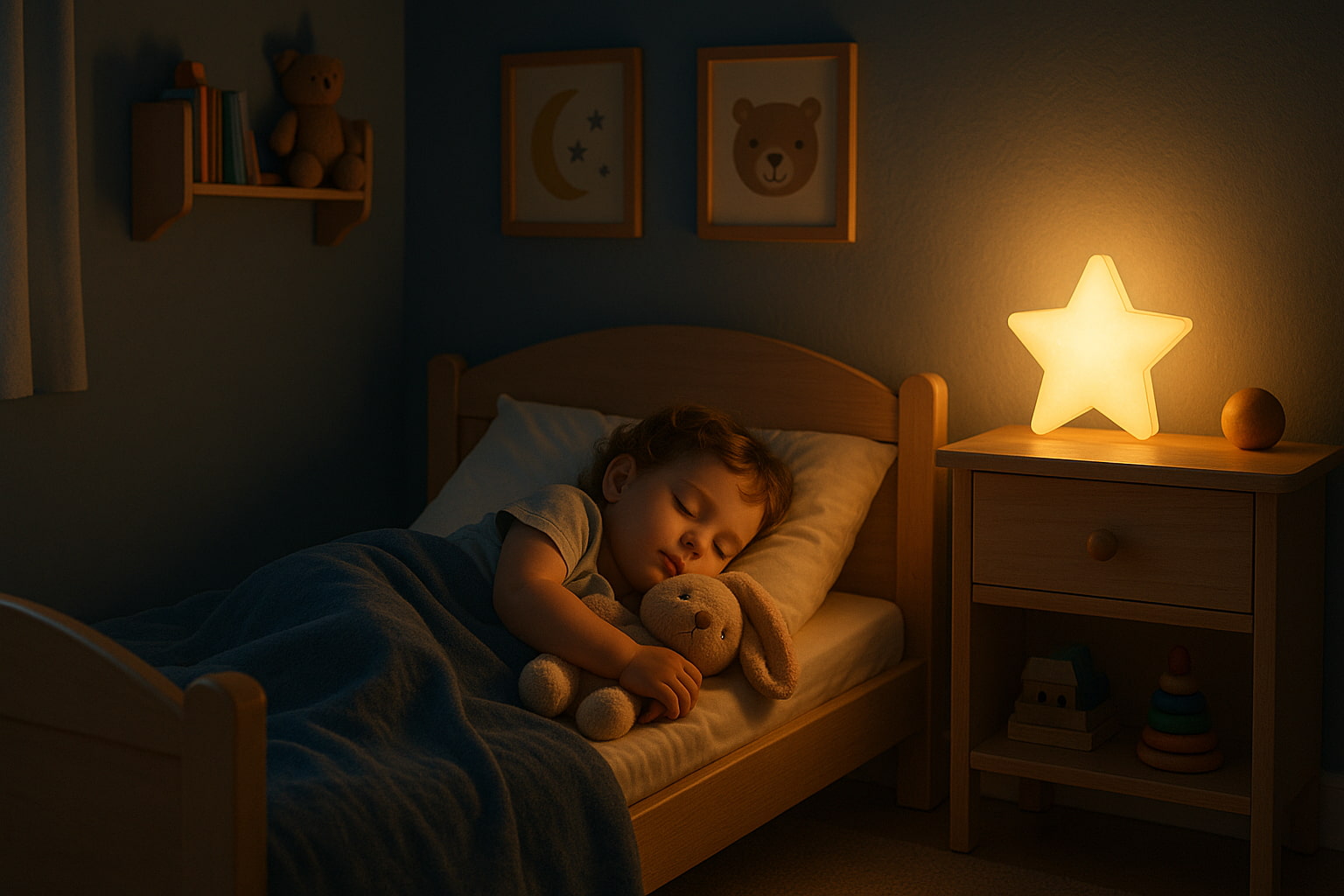
Deciding when to stop using baby monitor is not about a fixed age. It’s about knowing your child, your home, and your own peace of mind. For some families, monitors feel essential until a toddler is 3 or even 4. For others, the need fades earlier as independence and confidence grow.
Parents often face two pressures, the worry of stopping too soon and the guilt of relying too long. The truth is, neither is wrong. Monitors are tools, not rules. They give support during nights of worry, in bigger homes, or when health concerns are real. But they can also hold parents back if used only to calm anxiety.
The right choice is a balance. Trust your child’s milestones, trust your instincts, and use the monitor as long as it serves you, not the other way around. In the end, the goal is peace of mind and growing independence for your little one.
❓ FAQ – Parents’ Common Questions
Q1: When should I stop using a baby monitor for my child?
A: Most parents stop around age 2–3, unless medical reasons suggest otherwise.
Q2: Is it harmful to use a baby monitor for too long?
A: Not harmful, but over-reliance can increase parental anxiety instead of reducing it.
Q3: Do pediatricians recommend a specific age to stop baby monitor use?
A: Pediatricians usually suggest stopping after toddler independence milestones, typically between ages two–four.
Q4: What signs show my toddler no longer needs a baby monitor?
A: Sleeping through nights, calling for help, and transitioning confidently from crib-to-bed.
⚠️ Affiliate Disclaimer:
This post may contain affiliate links. If you buy through them, we may earn a small commission at no extra cost to you.
✍️ Writer Byline:
Written with care by the FindForBaby Team, helping parents make safe, confident choices every day.

